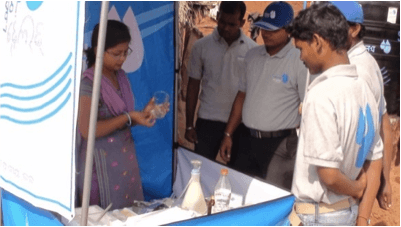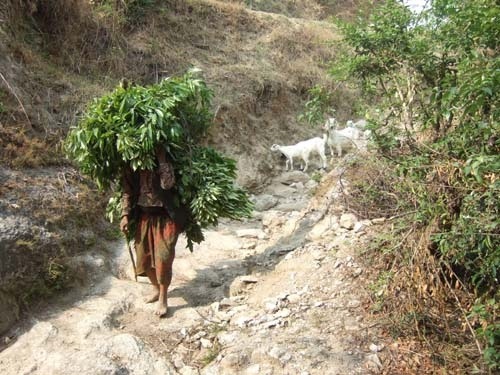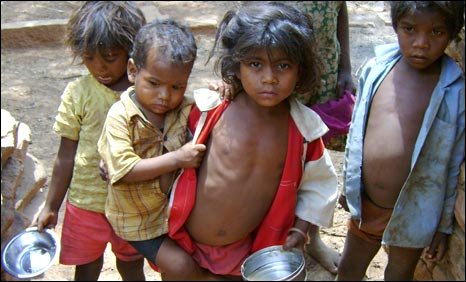Clean Water for India
Spring Health, our rapidly scalable safe drinking water company designed to go global, has now started its commercial rollout in India by recruiting and training 90 new full-time staff, and expanding from 35 villages to 105 villages in three months. As the months go by, we have learned more and more about the fundamental importance of getting the marketing mix right. We've bundled all the most successful tactics into an approach we call "blitz marketing." Blitz marketing We have improved our blitz marketing strategy to the point that we now can increase sales in village partner shops to 1000 liters of water a day within…


